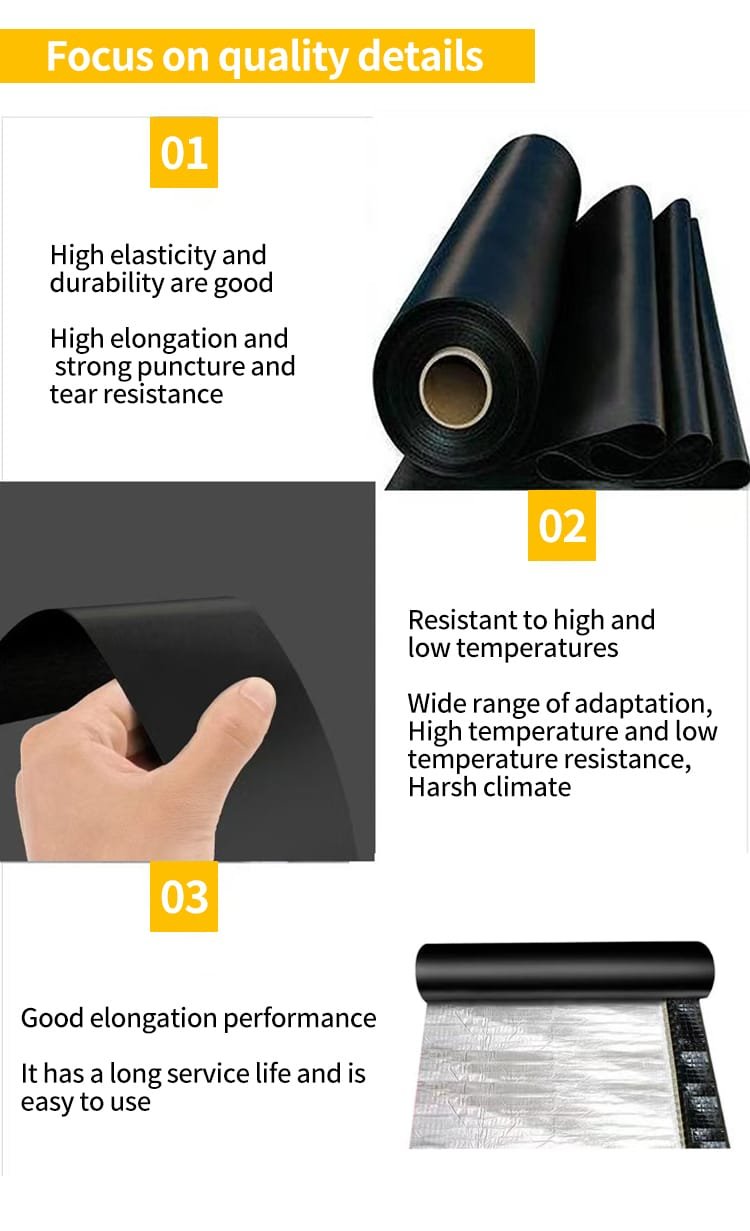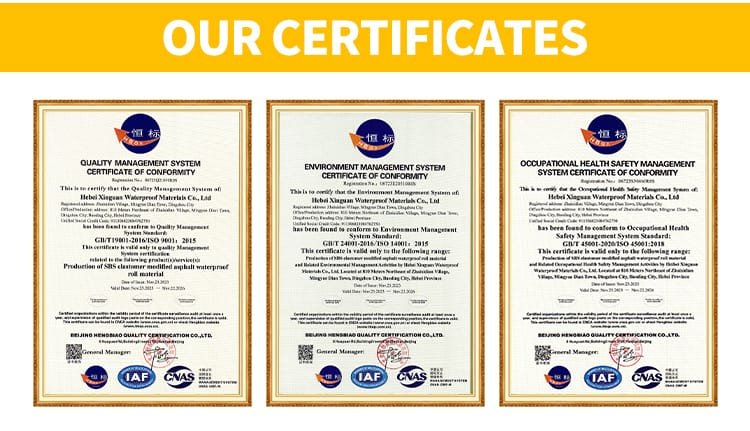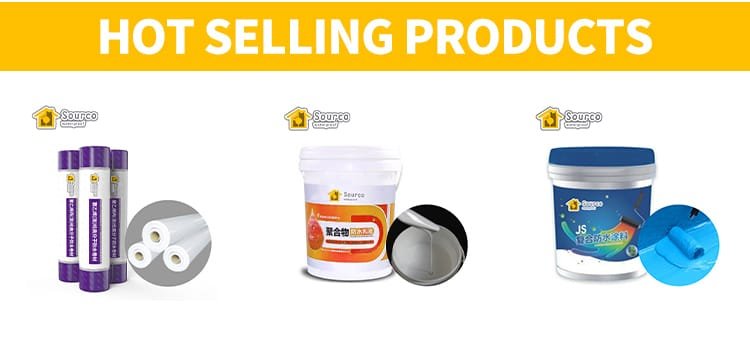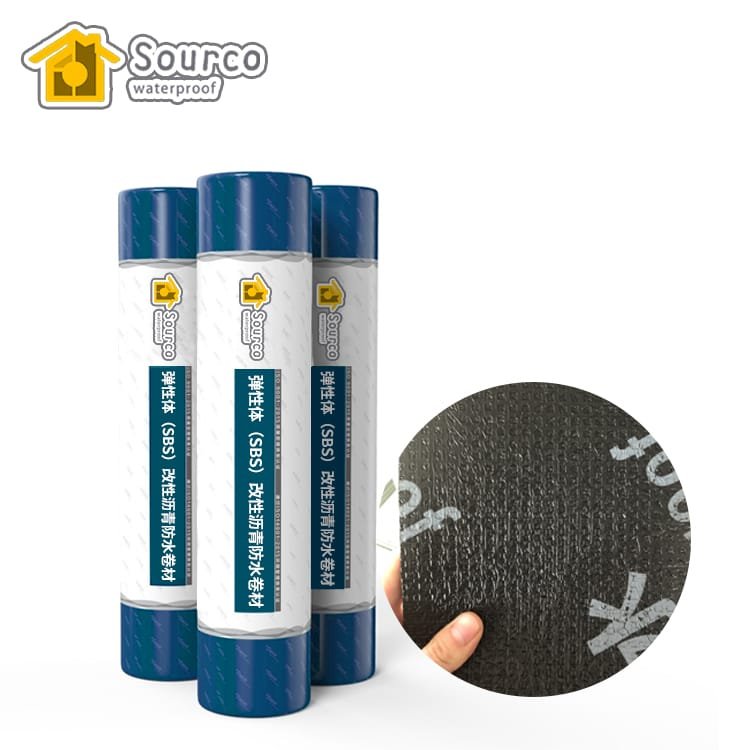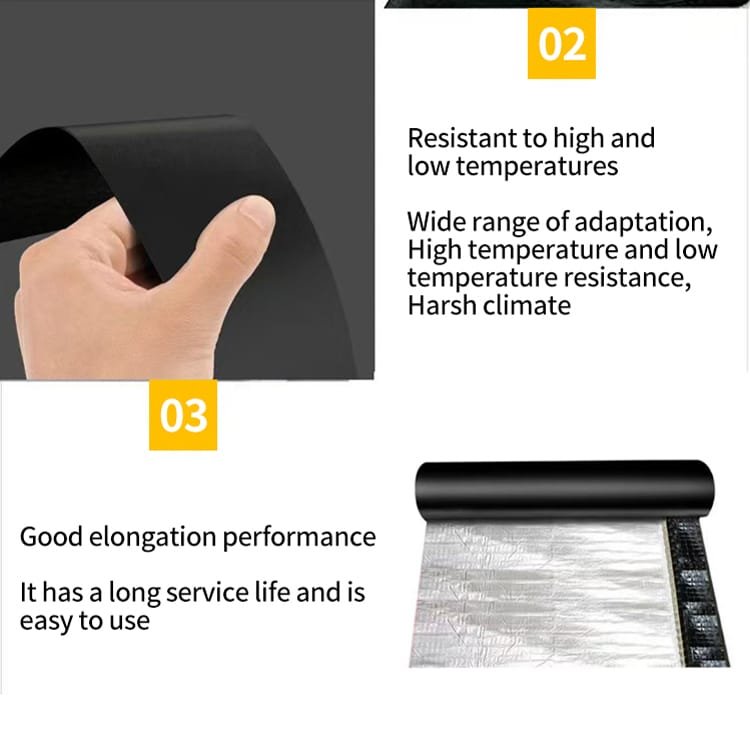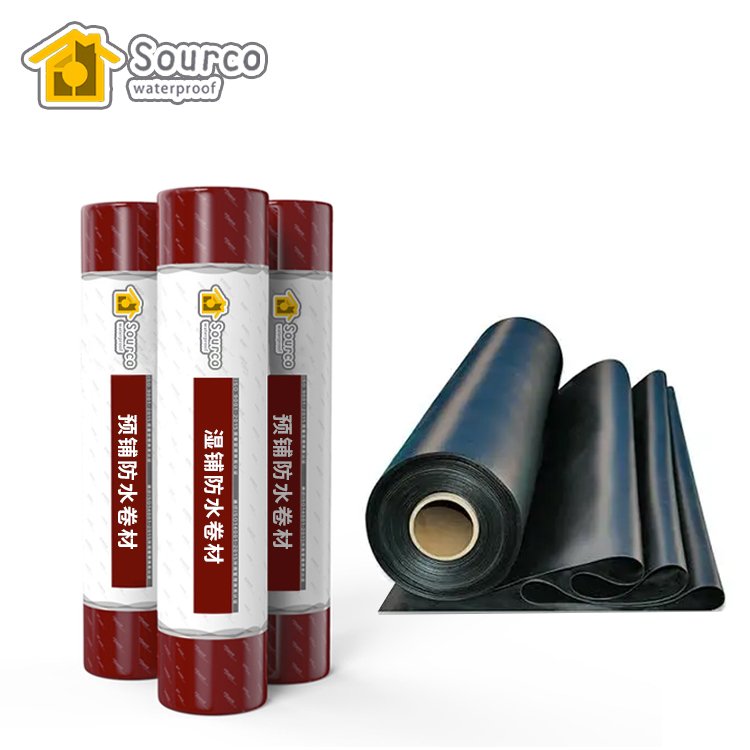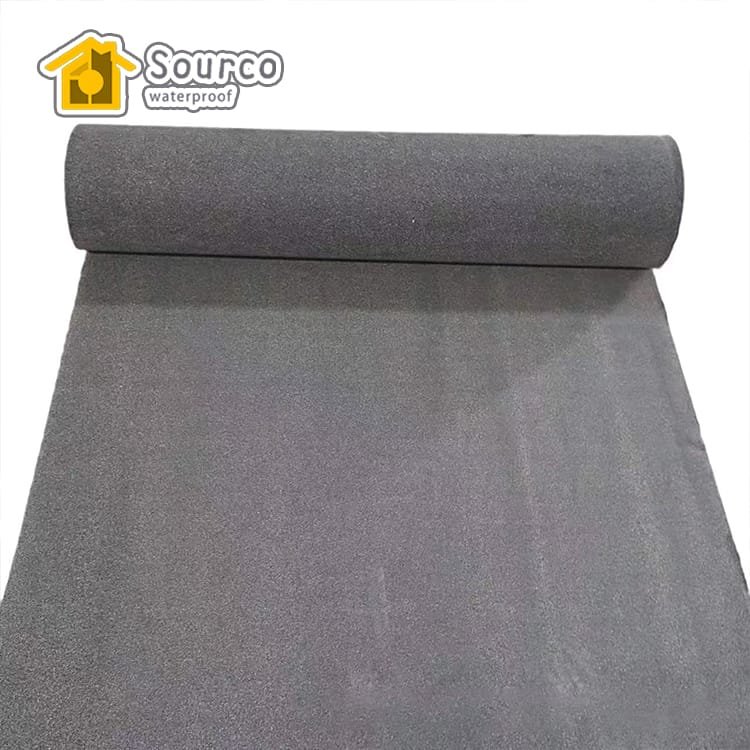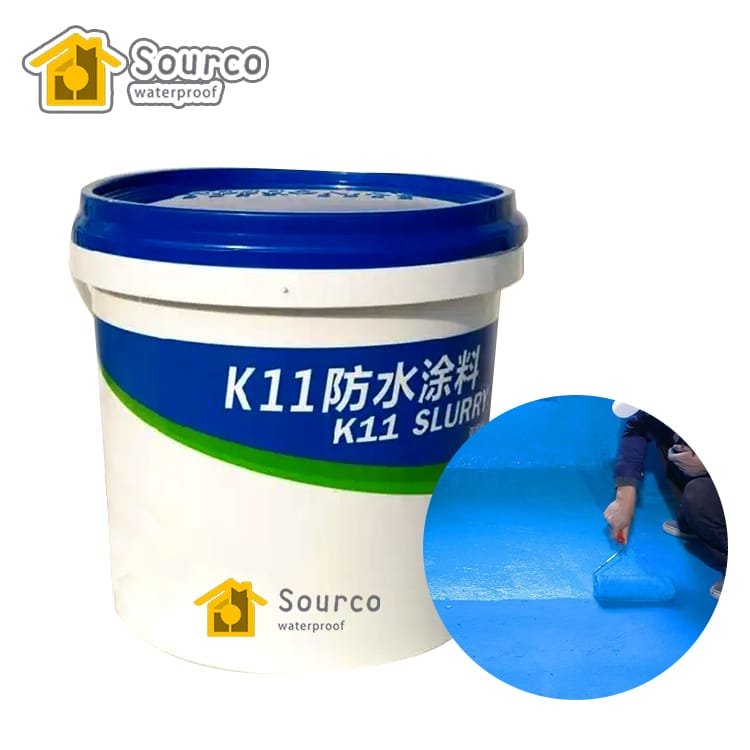
SBS ELASTOMER MODIFIED ASPHALT WATERPROOFING MEMBRANE
The elastomeric SBS Modified Bitumen/Asphalt Waterproofing Membrane utilizes SBS (styrene-butadiene-styrene) thermoplastic elastomer-modified rubber asphalt as dip coating material.It is reinforced with polyester felt, or specially reinforced polyester-glass fiber felt, and features a surface layer of materials such as aluminum foil, fine sand, or PE film. The membrane is produced through a specialized agitation and grinding process using advanced machinery to ensure optimal performance and durability
SBS ELASTOMER MODIFIED ASPHALT WATERPROOFING MEMBRANE DESCRIPTION
SBS WATERPROOF MEMBRANE PRODUCT FEATURES
- Excellent water impermeability
- Good elasticity, high tensile strength and elongation, good dimensional stability, and strong adaptability to substrate shrinkage, deformation, and cracking
- good low and high temperature flexibility, SBS membrane is suitable for building waterproofing in lower temperature environments, while APP is better suited for building waterproofing in higher temperature environments
- good wear resistance, high resistance to corrosion, aging, puncturing, mildew, impact, and pressure, offering a long service life.
- Easy to operate and maintain at construction Torch Application at every season.
SBS WATERPROOF MEMBRANE SCOPE OF APPLICATION
- Waterproofing and moisture-proofing for key waterproofing projects, as well as roofs, walls, basements, bathrooms, etc., in industrial and civil buildings.
2.Waterproof application for bridges, roads, parking lots, swimming pools, tunnels, reservoirs etc.
3.Especially suitable for buildings in regions with frequent structural deformation or cold climates.
SBS WATERPROOF MEMBRANE LAP JOINT CONSTRUCTION METHOD
Long edge overlap: The longitudinal overlap of the membrane should be ≥ 80mm. Careful application is required, and the adhesive must be applied evenly without gaps. For cold adhesive application, there should be excess adhesive squeezed out at the edges. For hot-melt application, an asphalt strip should be formed at the edge.
Short edge overlap: Both ends of the membrane must be fully bonded. The overlap width should be ≥ 100mm. When using polyester-based membranes with point bonding or loose laying, both ends must be fully bonded for at least 500mm.
Cold adhesive method: Excess adhesive should be squeezed out at the seam.
Hot-melt method: Asphalt should be squeezed out at the seam.
Adjacent rolls on the same layer: When laying two adjacent rolls, the transverse overlap edge should be staggered by more than 1500mm, and the upper and lower layers of rolls should not be laid perpendicular to each other.
For shale sheet membranes at short edge overlaps: The shale layer must be removed. This can be done by heating with a flame and scraping off the shale with a trowel. Alternatively, a butt joint can be used, where a 300mm strip of membrane is placed under the seam, and the membrane is laid transversely. The seam should be treated with sealing material.
After laying the membrane: The overlap areas, ends, and membrane edges must be sealed. Fill the seams with sealing material, sealant, or cold adhesive, then smooth it out to form a visible asphalt strip.
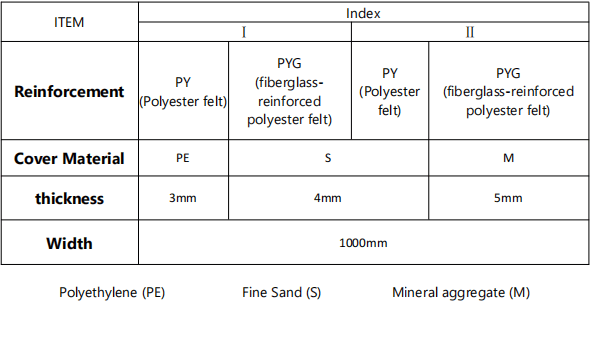
SBS WATERPROOF MEMBRANE DESCRIPTION
TECHNICAL PERFORMANCE INDEX SBS STANDARD GB18242-2008

